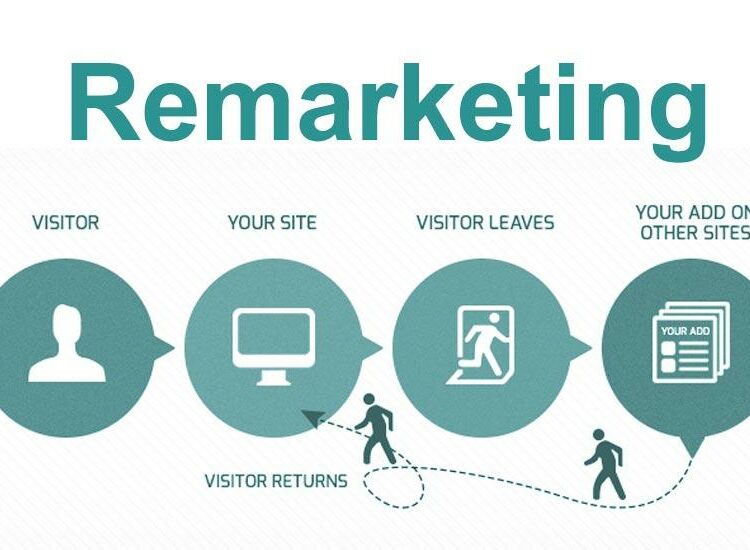Marketing mix modeling, also known as MMM or Mix Modeling, is a widely used statistical analysis tool that helps businesses optimize their marketing strategies. It involves analyzing and interpreting data from various marketing channels to determine the most effective combination of marketing tactics.
Toc
In this guide, we will provide an in-depth overview of marketing mix modeling, including its definition, benefits, process, and key considerations. Whether you’re new to MMM or looking to improve your current model, this guide has got you covered.
Introduction to Marketing Mix Modeling
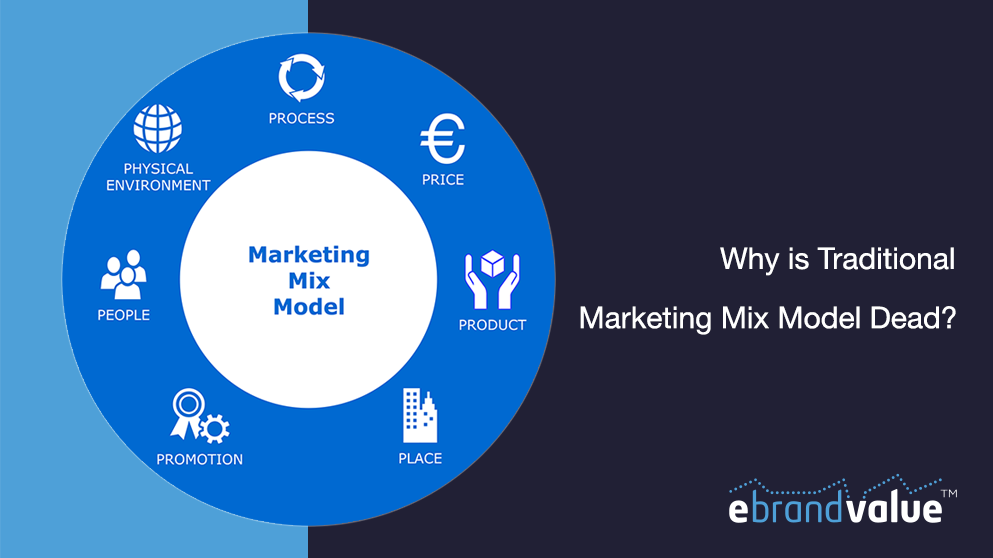
Marketing mix modeling is a powerful tool that helps businesses make data-driven decisions about their marketing strategy. It allows companies to understand the impact of each marketing tactic and optimize their budget allocation for maximum return on investment.
The concept of marketing mix modeling was first introduced in the 1960s by Neil Borden, an American academic and advertising executive. However, it wasn’t until the 1980s when it gained widespread use with advancements in technology and data analysis methods.
What is Marketing Mix Modeling?
Marketing mix modeling is a methodology for measuring the impact of different marketing activities on sales or other desired outcomes. It uses statistical techniques to analyze historical data and understand the effects of various advertising and promotional efforts on consumer behavior.
The “marketing mix” in marketing mix modeling refers to the different elements of a company’s marketing strategy, including product, price, place, and promotion. By analyzing the impact of each element on sales or other metrics, businesses can determine how to allocate their resources for maximum effectiveness.
Benefits of Marketing Mix Modeling
- Data-driven Decision Making: One of the main benefits of marketing mix modeling is that it allows companies to make data-driven decisions rather than relying on gut instinct or trial and error.
- Budget Optimization: MMM helps businesses optimize their budget allocation by identifying which marketing tactics have the most significant impact on sales or other desired outcomes.
- Measuring ROI: By understanding the effectiveness of each marketing tactic, companies can measure their return on investment and make informed decisions about future investments.
- Identifying Market Trends: Marketing mix modeling also helps identify market trends and consumer behavior patterns, allowing businesses to adapt their strategies accordingly.
How Marketing Mix Modeling Works
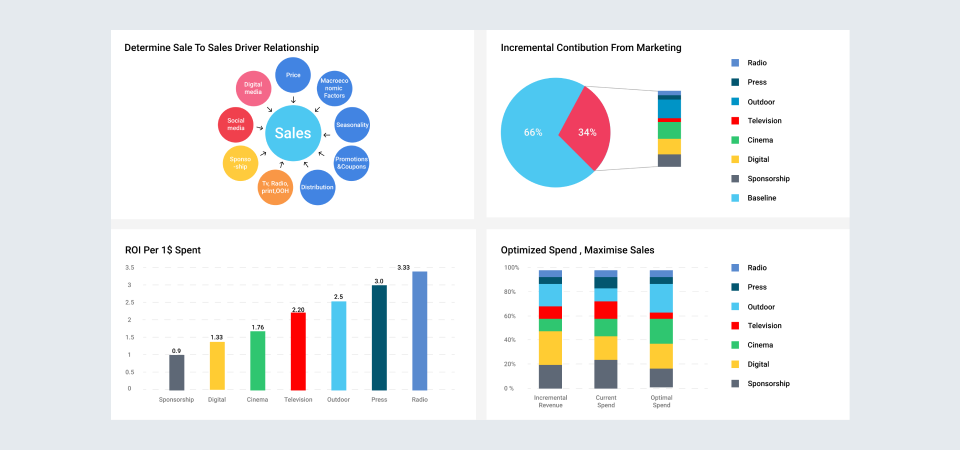
Marketing mix modeling typically follows these steps:
1. Data Collection
The first step in the marketing mix modeling process is to gather data from various relevant sources. This includes historical sales data, marketing expenditures across different channels (such as television, radio, digital, and print), promotions, seasonality indicators, and other external factors that may influence consumer behavior. It’s crucial to ensure that the data is comprehensive and covers an appropriate timeframe to capture trends effectively.
2. Data Preparation
Once all relevant data has been collected, the next step is to prepare it for analysis. This involves cleaning the data to remove inaccuracies or outliers, as well as organizing it into a format suitable for modeling. Data preparation may also include transforming variables, creating new metrics, and ensuring that all data points are aligned chronologically. Proper data preparation lays the foundation for insightful analysis.
3. Statistical Analysis
In this phase, marketers employ statistical techniques, primarily regression analysis, to quantify the relationship between marketing activities and sales. By identifying the correlation between various marketing inputs and the output (sales), businesses can assess the effectiveness of individual marketing efforts. Different models may be tested to determine which best explains the observed data, allowing for a robust understanding of how various factors contribute to overall performance.
4. Interpretation and Insights
After analyzing the data, the final step is to interpret the results and derive actionable insights. This includes identifying which marketing channels delivered the strongest return on investment, understanding how different promotional tactics impacted sales, and recognizing any seasonal trends or patterns. Insights gained from this analysis can inform future marketing strategies and help refine budget allocation for optimal performance.
Key Considerations for Implementing Marketing Mix Modeling
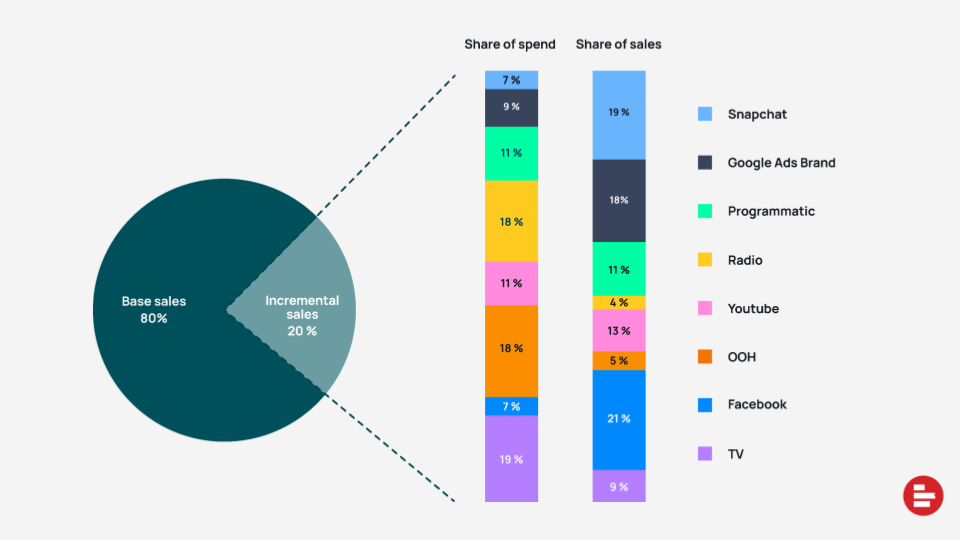
While marketing mix modeling can provide valuable insights, there are a few key considerations to keep in mind when implementing this methodology:
1. Data Quality
The quality of data used in marketing mix modeling is paramount. High-quality data ensures that the analysis is accurate and the insights derived are reliable. Businesses must prioritize gathering data from credible sources and routinely audit their data collection processes. Additionally, it is essential to have a clear understanding of the data’s provenance, including how it was collected, any transformations applied, and its relevance to the current marketing objectives. Poor data quality can lead to misleading results and ultimately misguided marketing decisions.
2. Choosing the Right Model
Selecting the appropriate statistical model is critical to the success of marketing mix modeling. Different models may yield varying insights based on the data and the specific marketing goals. Common statistical techniques include linear regression, time series analysis, and econometric modeling. It is important to experiment with multiple modeling approaches to identify the one that best captures the relationships between marketing efforts and sales performance. This adaptability ensures that the chosen model aligns with the uniqueness of a business’s marketing mix.
3. Stakeholder Alignment
Involving key stakeholders throughout the modeling process is crucial for a successful outcome. Marketing, finance, data analytics, and other relevant teams should collaborate to define objectives, identify important variables, and validate analysis results. Ensuring that all stakeholders understand the findings and agree on upcoming strategies based on these insights fosters a data-driven culture that collectively works towards enhancing overall marketing performance.
4. Continuous Monitoring and Iteration
Marketing environments are dynamic, and continuous monitoring of marketing mix models is vital for long-term success. Regularly updating the model with new data allows businesses to adapt to changing market conditions, consumer behaviours, and emerging marketing trends. By treating the marketing mix model as a living tool rather than a one-time analysis, organizations can make informed tweaks to their strategies, ensuring sustained effectiveness over time.
Tips for Effective Implementation of Marketing Mix Modeling

Start with Clear Objectives
For marketing mix modeling to be effective, it is essential to begin with clearly defined objectives. Organizations should establish what they aim to achieve through this analysis, whether it’s enhancing brand awareness, improving sales performance, or optimizing marketing expenditures. By having specific goals in place, businesses can focus their data collection and analytical efforts on the metrics that matter most, ensuring that the insights gained are relevant and actionable.
Collaborate Across Departments
Effective marketing mix modeling requires collaboration across various departments within an organization. Engaging teams from marketing, sales, finance, and analytics ensures that different perspectives are considered, and all necessary data is captured. This cross-departmental teamwork not only enriches the analysis but also fosters a culture of shared knowledge, where insights gleaned from the modeling process can be disseminated and utilized effectively across the business.
Leverage Technology and Tools
Utilizing the right technology and analytical tools is crucial for effective marketing mix modeling. Advanced analytics platforms and software can streamline data processing, facilitate complex statistical analyses, and enhance visualization of insights. By leveraging these technological resources, organizations can increase their analytical capabilities, reduce the time required for modeling efforts, and ultimately derive more nuanced insights that drive strategic decision-making.
Communicate Findings Clearly
Once the analysis is complete, it is vital to communicate the findings in a clear and concise manner. Stakeholders may not have a background in data analytics, so presenting the results through straightforward visuals, summaries, and actionable recommendations can help ensure that the insights are easily understood and actionable. Tailoring the presentation of findings to the audience’s expertise and interests will increase the likelihood that the insights will be valued and acted upon.
By implementing these tips, organizations can enhance the effectiveness of their marketing mix modeling initiatives, leading to better-informed decisions and ultimately, improved marketing performance.
Examples of Successful Implementation

Successful marketing mix modeling has been employed by various companies across different industries, resulting in enhanced marketing strategies and improved sales performance. Here are a few notable examples:
1. Coca-Cola
Coca-Cola employed advanced marketing mix modeling techniques to thoroughly assess the efficacy of its advertising campaigns across various channels, including traditional media like TV and radio, as well as digital platforms. Through an extensive and detailed analysis of the collected data, Coca-Cola was able to pinpoint which specific media platforms delivered the highest return on investment. These crucial insights enabled the company to strategically reallocate its marketing budget towards digital advertising initiatives, which are often more targeted and measurable. As a result, Coca-Cola experienced a substantial increase in brand engagement and sales, particularly during seasonal promotions like holidays and special events, where consumer spending tends to peak.
2. Procter & Gamble (P&G)
Procter & Gamble is renowned for its meticulous and data-driven approach to understanding customer behavior and preferences. By utilizing sophisticated marketing mix modeling methodologies, P&G examined the impact of diverse marketing strategies, which included not only television advertisements and in-store promotions but also innovative social media outreach campaigns. The comprehensive data analysis provided valuable insights into consumer preferences, seasonal trends, and the effectiveness of different promotional tactics. Armed with this information, P&G was able to optimize its marketing expenditure to focus on the most effective channels. Consequently, P&G experienced a significant enhancement in product visibility, customer engagement, and consumer loyalty, leading to increased market share and overall brand strength.
3. Ford Motor Company
Ford utilized marketing mix modeling as a critical tool to evaluate the performance of its marketing channels during the launch of new vehicle models. By systematically gathering and analyzing data on advertising expenditures, sales outcomes, consumer feedback, and competitor activities, Ford was able to identify the optimal marketing allocation for each model launch. This strategic and analytical approach not only facilitated the successful introduction of new vehicles to the market but also helped maximize sales while minimizing costs associated with ineffective marketing efforts. By carefully tracking the effectiveness of each campaign, Ford was able to adjust its strategies in real time, ensuring that its marketing efforts resonated with target audiences and met changing market demands.
These examples illustrate how various companies successfully implement marketing mix modeling to derive valuable insights, refine their strategies, and ultimately drive business growth.
Challenges in Implementation
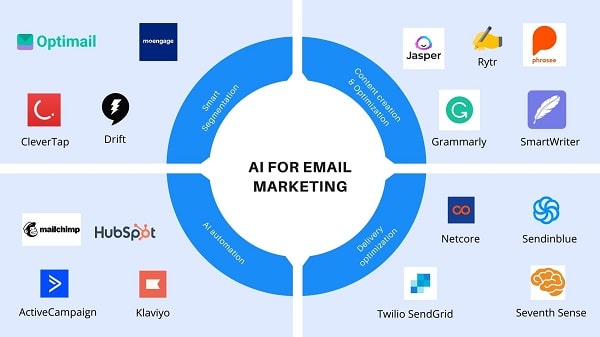
While marketing mix modeling offers significant advantages, organizations often face several challenges during its implementation. One major hurdle is the quality and availability of data. Inaccurate, outdated, or incomplete data can lead to misleading results, making it crucial for companies to invest time and resources in data collection and cleansing processes. Additionally, integrating data from various sources can pose technical difficulties, particularly if systems are not aligned or compatible.
Another challenge is the complexity of the modeling process itself. Marketing mix modeling requires a solid understanding of statistical methods and analytics, which may overwhelm teams without sufficient expertise. This knowledge gap can hinder effective analysis and interpretation of results, underscoring the need for training or the hiring of skilled personnel.
Moreover, organizational buy-in presents another obstacle. Stakeholders may have differing opinions on the relevance and direction of the modeling efforts, leading to resistance or misunderstandings regarding the findings. Ensuring that all departments are aligned and understand the value of the outcomes is essential for effective implementation.
Finally, the fast-paced marketing environment can complicate the research process. Rapid changes in consumer behaviour and market dynamics may render models outdated quickly, necessitating continuous updates and adjustments. Organizations must remain agile, adapting their models to reflect the latest trends to maintain relevance and accuracy in their strategic planning.
Conclusion
In summary, marketing mix modeling is an invaluable tool that empowers organizations to make data-driven decisions in an increasingly competitive environment. By capturing the effectiveness of various marketing strategies, businesses can optimize their resource allocation, enhance customer engagement, and ultimately drive sales growth. However, achieving successful implementation requires overcoming challenges such as data quality, analytical complexity, and stakeholder alignment. By investing in robust data management practices, fostering analytical expertise, and ensuring consistent communication among departments, companies can harness the full potential of marketing mix modeling. As the marketing landscape continues to evolve, staying adaptable and responsive is essential for leveraging insights effectively and remaining at the forefront of industry advancements.



